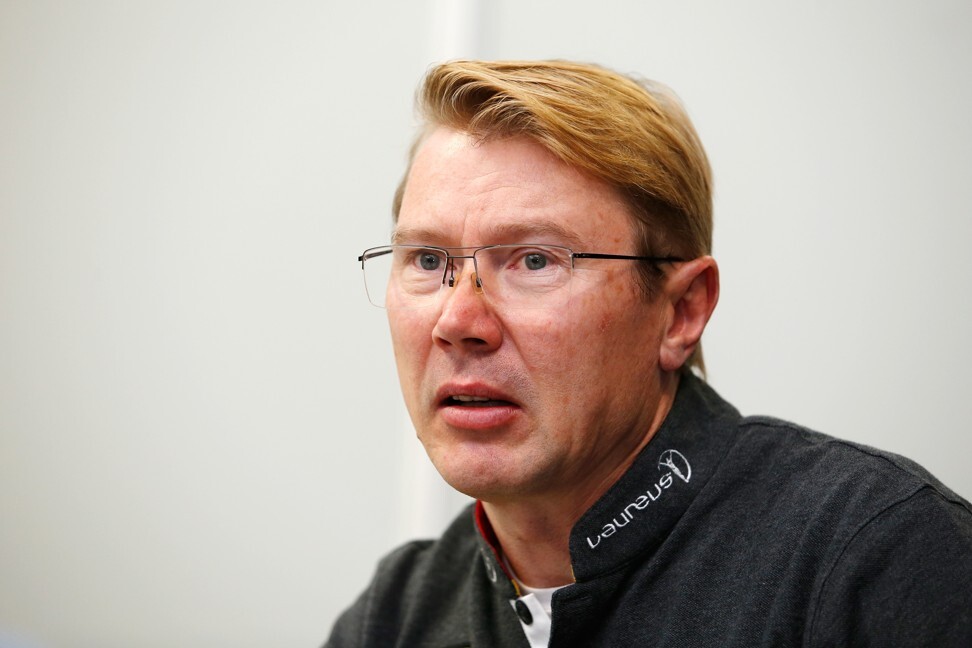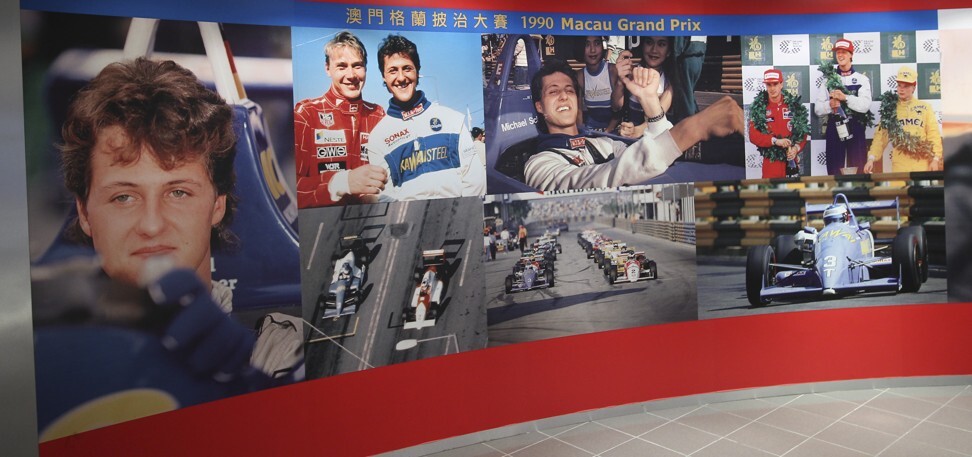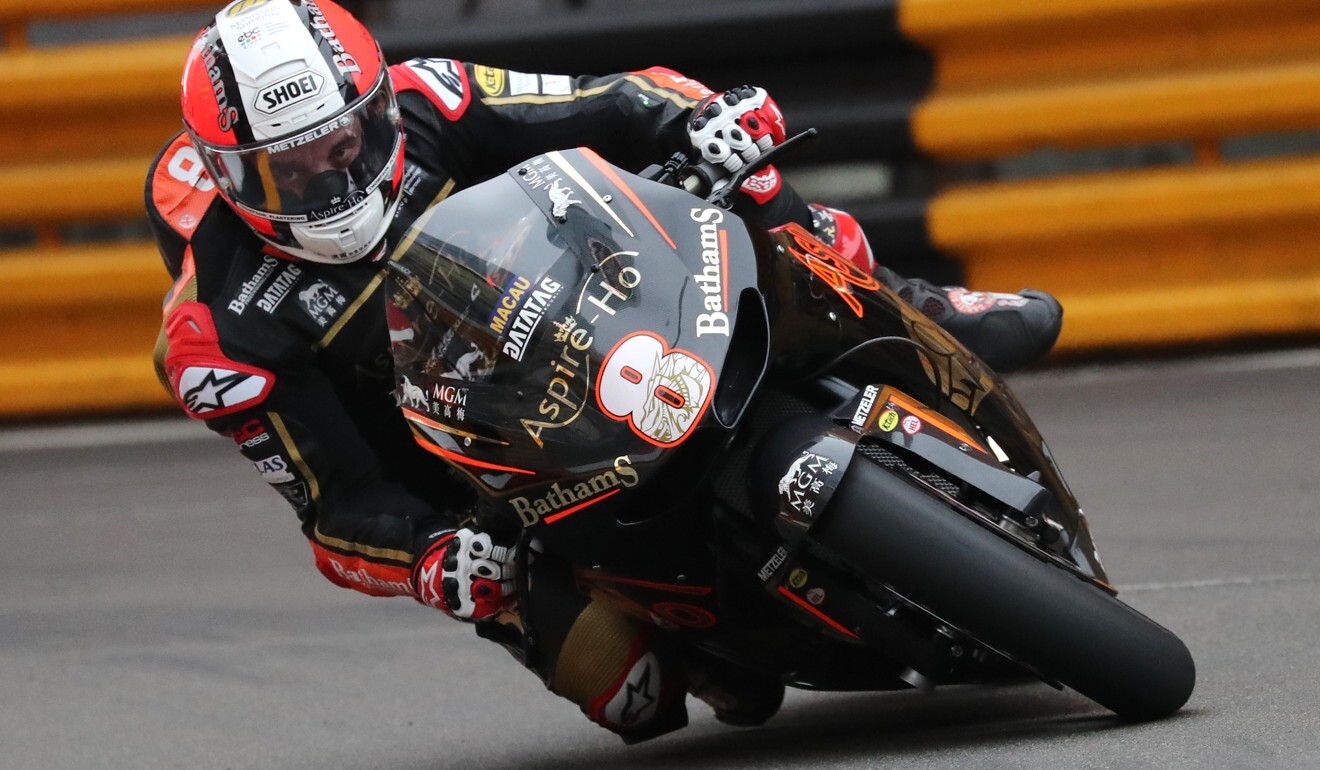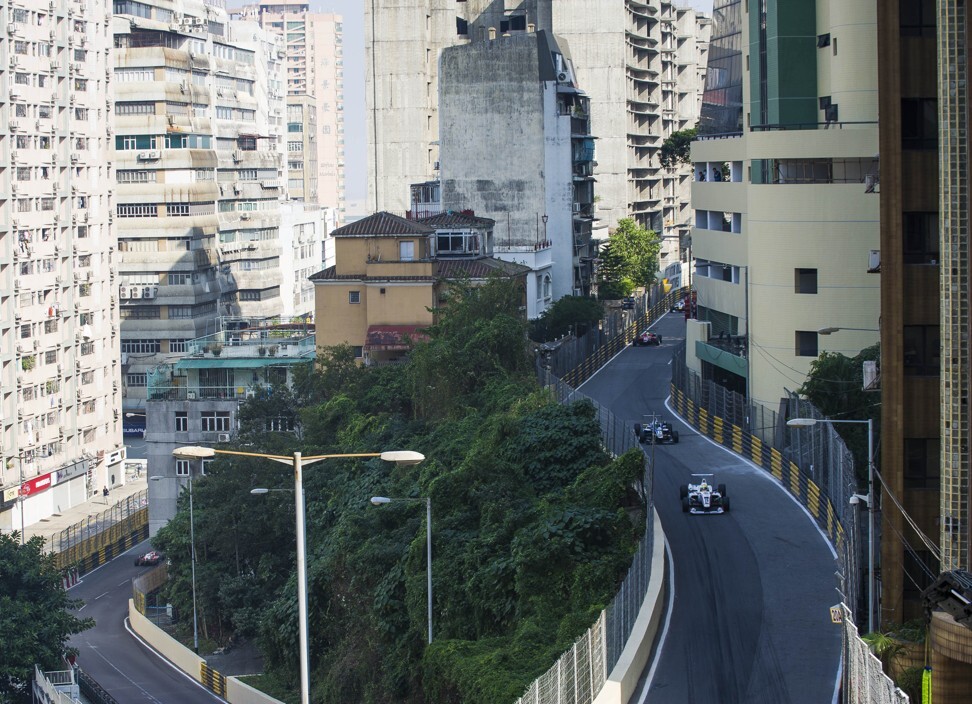
Schumacher and Hakkinen’s clash at the Macau Grand Prix, and other tales; city’s upgraded racing museum reopens
- Macau Grand Prix winners recall their historic victories and disappointments in the famous street race
- The refurbished Grand Prix museum has interactive displays and virtual reality racing stations
Motorsport great Mika Hakkinen is leaning into view across a table at home in Monaco as he’s asked to take his mind back to Macau and talk about the experiences he had racing around its streets in the annual Grand Prix for which the city is famous.
That Hakkinen has returned to the past – in an instant – is obvious because he’s now raised his hands, like he is once again gripping a steering wheel. He’s driving his Formula 3 car while he talks, taking us through the twists and the turns and the memories of a street-racing course that has, over its 67-year history, tested the very best drivers from the world of motorsport.
“When you don’t have a good car it is hell. But when you have a good car it is paradise,” says Hakkinen, now 52. “The whole motor racing world talks about it, so I had listened to those stories before I arrived, but being there for the first time was just incredible. I felt like there was a kind of movie mystery to the city, like it almost doesn’t feel real. I felt that there is something special that you can’t touch.”

This past month has seen the soft opening of the new-look Macao Grand Prix Museum, which opened in 1993 and is fresh from an estimated 479 million pataca (US$60 million) upgrade that started in 2017.
The museum commemorates the 1990 Grand Prix featuring Hakkinen and Schumacher that was arguably the most memorable staging of the race. It also celebrates the rich and wonderful history of an event that began in 1954 and evolved over the years into one of the biggest annual sporting weekends on the planet.
Organisers have revealed “immersive” features and upgrades that include virtual-reality racing stations and interactive multimedia displays, and there are plans for racing simulators and family-oriented workshops and tours once the pandemic lifts.
The idea is that visitors can immerse themselves in the stories of the people who made the Grand Prix possible and who rose to the unique challenges of the winding, 6.2km Guia Circuit.
The Macao Government Tourism Office says the upgrade should allow residents and visitors to build a stronger connection with the race. “The Macau Grand Prix is part of the local culture, and an event that over the decades won a firm place in motorsports’ history and its heart,” it says.
For decades the Grand Prix has been the city’s major annual tourist event, attracting tens of thousands of visitors Before Macau evolved into the world’s gaming capital, the Grand Prix was also a major fillip for the local economy.
Catherine Chan, from the history department of the University of Macau’s Faculty of Arts and Humanities, has talked to residents about the event and the deep connection they have to the Grand Prix. “It’s a time when they gather with family and friends, and spend the day together. It has that community connection,” she says.

In 1990, Hakkinen was 22 and building the reputation that would take him to the pinnacle of motorsport and to two world F1 titles. He came to Macau, where he went head to head with Schumacher in the main event, as they would do during their F1 careers over the following decade.
“The Macau track is like putting all the racetracks from all over the world together,” says Hakkinen. “You learn the hard way. You make mistakes and you learn. No one told me what to expect, but I was a young guy then, so maybe they did and I just didn’t listen. I came back in 1990 and I had been successful in England that year and my confidence was huge. I thought ‘This is it. I’m gonna kick everybody’s a**’. It was a race I didn’t want to miss.”

“I think Macau opened up a lot of doors for me,” Rutter says from his home in Shropshire, central England. “It’s so unique because of the location of the track with all the tall buildings around it that makes the sound of the bikes much louder even for the riders.”
Swedish driver Felix Rosenqvist plies his trade on the American IndyCar circuit – and he’s preparing to race in the Indianapolis 500 at the end of the month, one of the most famous car races in the world. Rosenqvist first came to Macau as a 16-year-old junior driver and went on to win the F3 Grand Prix in 2014 and 2015 as he became the most successful F3 driver of all time.
“From the first moment I saw the F3 cars going around I knew that I wanted to be part of that event,” he says from Indianapolis. “Back then [2007] there was a more Portuguese vibe to the city, which has changed quite dramatically. Also people were still allowed to smoke in the casinos!

“As a driver it was the biggest pressure I’ve ever had on my shoulders, and it was proof to myself that I can deliver and win under huge pressure.”
That takes us back to 1990, and to Hakkinen, and to memories of a weekend when he had his Theodore Racing car flying. The Finn had been around the track one second faster than the field while qualifying – a huge amount in racing terms – and he’d won the first of the two races that would decide the title.
But somehow, Schumacher picked up speed in the second race and took an early lead. On the very last lap – and with Hakkinen only having to finish to take the title – the Finn was racing tight in behind the German when the two cars clipped, and Hakkinen’s race (and title hopes) were over.

It was spectacular – and controversial, given the way it ended and the questions raised over who was to blame for the incident.
“We were very quick,” recalls Hakkinen. “I think we were about one second faster than anybody. So that indicated the race was about just doing your job. No stress. But competitors – well, Michael Schumacher – was able to raise his performance for this race. I don’t how and I don’t know why, but he was really able to do that.
“On the last lap I was overtaking and I could see him look in the mirror and he moved and that was it. I hit his rear tyre and it was over. It doesn’t disturb me these days. We’re talking about history. It reminded me that motor racing can be a very cruel business.

“But when I go back to those memories of ’89 and ’90, all those memories are so positive. There are places that stay in your heart and Macau is one of those. It has a special spirit.”
The museum officially opens its doors in June, while what shape the event will take this year with the shadow of Covid-19 still lingering remains to be seen.

